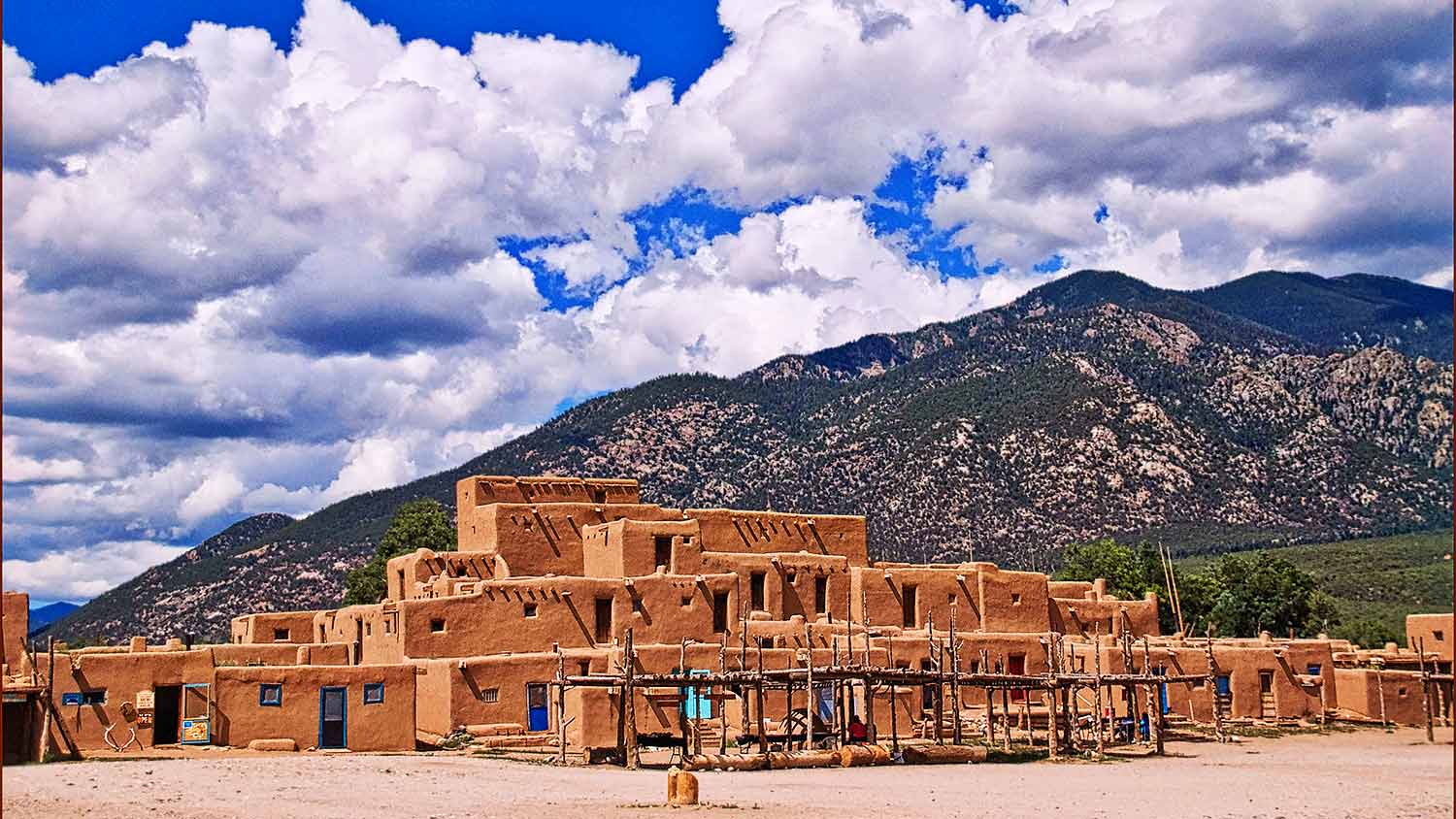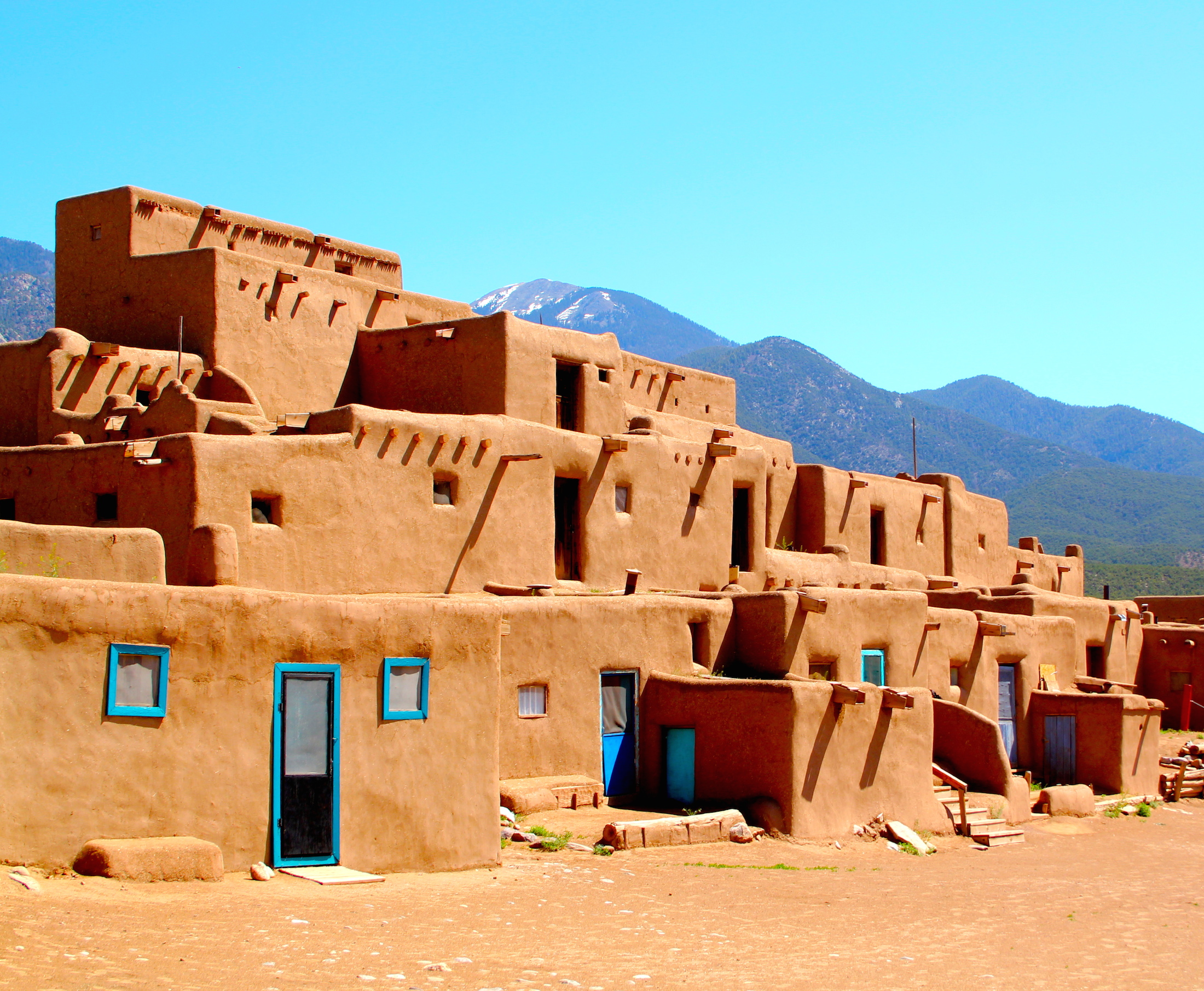
Where Stone Tells Stories: Decoding the Ancient Maps of Mesa Verde’s Cliff Dwellings
Imagine stepping into a world crafted not by chance, but by deliberate design, where every stone placed, every alcove chosen, and every plaza shaped tells a story of an ancient people’s profound understanding of their environment. This is the experience awaiting you at Mesa Verde National Park in southwestern Colorado, a UNESCO World Heritage Site that stands as a monumental testament to the ingenuity and sophisticated urban planning of the Ancestral Puebloans. Forget the simple notion of a village; what you encounter here are intricate, multi-story communities, meticulously integrated into the natural landscape – veritable ancient maps etched in stone and earth.
Mesa Verde isn’t just a collection of ruins; it’s a living textbook on ancient architecture, social structure, and sustainable living. For the discerning traveler seeking more than just a scenic view, but a deep dive into human history and the fascinating concept of how ancient civilizations "mapped" their existence, Mesa Verde offers an unparalleled journey.
The Ascent to Ancient Ingenuity: Your Journey Begins

The approach to Mesa Verde is an experience in itself. As you drive up the winding park road, the landscape gradually transforms. Pinyon-juniper forests give way to sweeping vistas, and the flat mesa top eventually reveals deep canyons and sheer cliffs. There’s an undeniable sense of anticipation as you climb, knowing that hidden within these dramatic geological formations lie some of the most remarkably preserved archaeological sites in North America. This journey, in a way, mirrors the Ancestral Puebloans’ own intimate knowledge of their terrain, their "mental maps" guiding them through this rugged yet resource-rich environment.
Upon reaching the mesa top, the vastness of the park becomes apparent. Mesa Verde is not just about the iconic cliff dwellings; it encompasses thousands of archaeological sites, including surface habitations, pithouses, farming terraces, and reservoirs, spanning over 700 years of occupation, from approximately 600 CE to 1300 CE. These earlier sites, often overlooked in favor of the more dramatic cliff cities, are crucial for understanding the evolution of the Pueblo peoples’ settlement patterns and their ever-refining "maps" of community design.
Unearthing the Ancient Blueprints: A Civilization Mapped in Stone
The true marvel of Mesa Verde, and where the concept of "ancient village maps" truly comes alive, lies in the iconic cliff dwellings. These spectacular communities, built into massive alcoves in the canyon walls, represent the zenith of Ancestral Puebloan architectural achievement. They are not random clusters of rooms but meticulously planned communities, each a miniature city with its own distinct layout, social hierarchy, and functional zones.

Take Cliff Palace, for instance, the largest and arguably most famous cliff dwelling in North America. As you stand before it, either from an overlook or, more profoundly, as you navigate its ancient passageways on a ranger-led tour, you’re not just seeing walls and rooms; you’re observing a masterfully executed blueprint. With over 150 rooms and 23 kivas (circular ceremonial chambers), Cliff Palace housed approximately 100-120 people. Its layout is a complex tapestry of residential areas, storage rooms, ceremonial spaces, and communal courtyards.
How does this relate to a "map"? Consider the orientation: strategically facing south-southwest, maximizing passive solar heating in winter and offering shade in summer. This wasn’t accidental; it was a deliberate design choice, a mapping of environmental resources to optimize living conditions. The placement of kivas often followed celestial alignments, reflecting a spiritual and temporal "map" of their cosmos. The distinct architectural styles and sizes of rooms within Cliff Palace likely denote different social groups or families, creating a spatial "map" of their societal structure. Walking through it, you can almost visualize the daily rhythms, the flow of people, and the designated functions of each area – a vibrant urban center mapped out with remarkable precision.
Balcony House: Ingenuity and Defense
Then there’s Balcony House, a smaller but equally captivating dwelling that showcases the Ancestral Puebloans’ ingenuity and their "map" for defense. Reaching Balcony House often involves climbing ladders and crawling through a short tunnel – an adventure that immediately immerses you in the challenging yet strategic nature of their chosen locations. This dwelling is a marvel of spatial efficiency and defensive architecture. Its single access point, easily guarded, and its strategically placed storage rooms and living quarters, illustrate a community carefully "mapped" for security and resource management. The "balcony" itself, a reconstructed wooden walkway, provides a vivid glimpse into how they expanded living space and created communal areas within the confines of the alcove. Here, the "map" isn’t just about living; it’s about surviving and thriving in a sometimes-hostile world.

Spruce Tree House: Intimacy and Preservation
Spruce Tree House, one of the best-preserved and most accessible cliff dwellings (often open for self-guided visits during peak season), offers a more intimate look into daily life. Its central plaza, surrounded by residential units and kivas, provides a clear "map" of a tightly-knit community. The intact plastered walls, ceiling beams, and even smoke stains offer tangible clues to their domestic routines. The deliberate arrangement of rooms around shared courtytyards speaks volumes about their communal lifestyle and the spatial "mapping" of social interaction. Here, you can truly appreciate the craftsmanship – the precise stonework, the use of adobe mortar, and the ingenious methods for channeling water – all elements of a detailed architectural "map."
Beyond the Cliffs: The Wider Landscape as a Map
The concept of "ancient maps" at Mesa Verde extends far beyond the individual dwellings. The entire mesa top and its intricate network of canyons represent a grander "map" of a sophisticated civilization. The Ancestral Puebloans had an unparalleled understanding of their environment, a cognitive map that guided their agricultural practices, water management, and resource procurement. They knew where the springs were, where to plant their corn to catch the most sun, where to hunt game, and where to gather medicinal plants.
Archaeological studies, employing modern mapping technologies like LiDAR (Light Detection and Ranging) and GIS (Geographic Information Systems), are revealing these broader patterns. LiDAR, for instance, can penetrate vegetation to expose ancient roads, pathways, and subtle modifications to the landscape that were part of their larger "urban" planning – connecting various sites, leading to water sources, or facilitating trade. These modern maps help us reconstruct the ancient Puebloans’ own complex understanding of their territory, showing how they connected their discrete villages into a cohesive cultural landscape.
The astronomical alignments of certain kivas and structures also point to a celestial "map" that guided their spiritual practices and calendrical systems. Their world was ordered, not chaotic, and this order was reflected in both their physical structures and their intellectual understanding of the cosmos.

The Visitor’s Journey: Navigating History
Mesa Verde is designed to make this historical "mapping" accessible to everyone. The park’s well-maintained roads lead to numerous overlooks, providing breathtaking panoramic views of the cliff dwellings and the vast landscape. These overlooks are perfect for initial orientation, allowing you to mentally "map" the relationship between the dwellings and their environment.
The visitor experience is greatly enhanced by the park’s dedicated rangers. Participating in a ranger-led tour of a major dwelling like Cliff Palace or Balcony House is highly recommended. These tours don’t just point out features; they bring the "ancient maps" to life, explaining the function of different rooms, the social implications of the layout, and the fascinating stories behind the people who lived there. The rangers are expert guides, helping you decode the architectural language and understand the intricate planning that went into these ancient communities.
The Mesa Verde Museum and Research Center offers invaluable context, displaying artifacts, models, and interpretive exhibits that further illuminate the Ancestral Puebloan culture. Here, you can see actual maps and diagrams that archaeologists have created, illustrating the site layouts and the broader cultural landscape, providing a contemporary lens through which to view the ancient world.
For those who enjoy hiking, there are several trails that offer different perspectives. The Mesa Top Loop Road also provides self-guided stops at pithouses and surface dwellings, showcasing the evolutionary "map" of their architectural styles over centuries. Each stop enriches your understanding of how these people adapted, innovated, and built increasingly complex societies.
Respect and Preservation: Guardians of the Ancient Maps
Visiting Mesa Verde is not just a tourist activity; it’s an act of respect for a profound cultural heritage. The park emphasizes the importance of preservation, urging visitors to stay on marked paths, refrain from touching the delicate structures, and leave no trace. This reverence for the past ensures that these "ancient maps" remain intact for future generations to explore and understand. It’s a reminder that we are merely temporary custodians of these timeless stories.
Practicalities for the Modern Explorer
To make the most of your journey into these ancient maps:
- Best Time to Visit: Spring and Fall offer pleasant weather and fewer crowds. Summer is popular but can be hot. Winter brings snow, limiting access but offering a stark, beautiful landscape.
- Booking Tours: Ranger-led tours for major cliff dwellings often sell out, so book well in advance, especially during peak season, via Recreation.gov.
- What to Bring: Water, sturdy walking shoes, sun protection (hat, sunscreen), and a camera are essential. Some tours involve ladders and tight spaces, so be prepared for a bit of physical exertion.
- Accommodation: Lodging is available within the park at Far View Lodge (seasonal) or in nearby towns like Cortez.
- Accessibility: While some overlooks are accessible, many cliff dwelling tours involve stairs, ladders, and uneven terrain. Check specific tour requirements.
The Enduring Legacy of the Stone Storytellers
Mesa Verde is more than just a destination; it’s an immersive historical journey that challenges our modern perceptions of "primitive" societies. The Ancestral Puebloans were master architects, brilliant urban planners, and profound environmentalists, their lives intrinsically woven into the fabric of the land. They crafted not just homes, but entire communities, each a meticulous "map" of their society, their beliefs, and their deep connection to the world around them.
As you depart Mesa Verde, the images of Cliff Palace clinging precariously to its alcove, the narrow passageways of Balcony House, and the enduring spirit of Spruce Tree House will linger in your mind. You won’t just remember the impressive structures; you’ll carry with you a newfound appreciation for the ingenuity of a people who mapped their entire civilization in stone and earth, leaving behind an indelible blueprint for all of us to explore and understand. This is a place where every stone tells a story, and every dwelling is a chapter in the timeless map of human endeavor.
